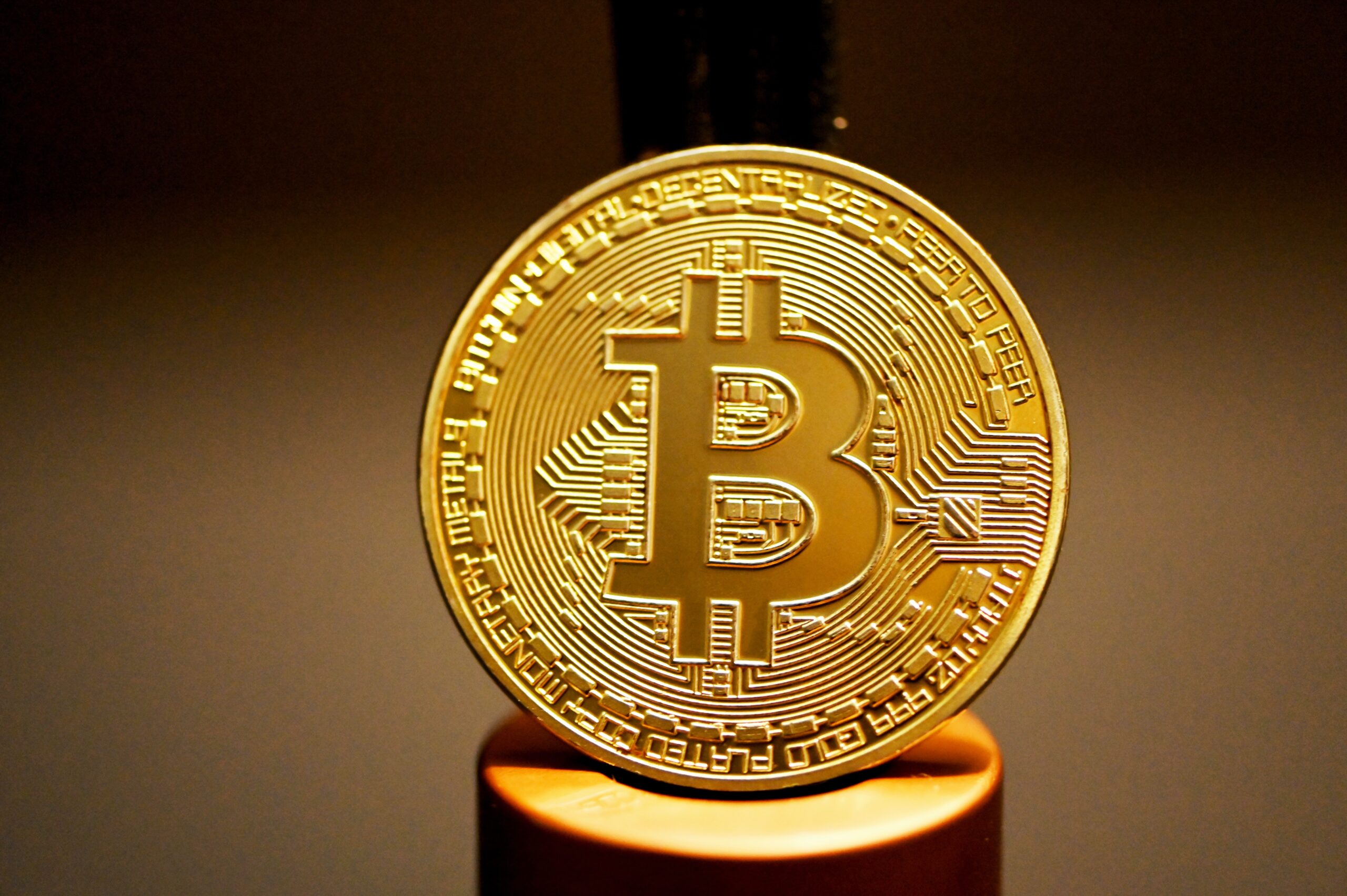The barter system, where you trade your cow for someone else’s grains, for instance, is probably older than you think. It has its roots dating back to 6000 BC when Mesopotamian tribes first made exchanges with other groups.
Those methods of exchange worked well before things like the Internet or decentralized technology existed. Trading was necessary not because commodities have financial value or even industrial utility, but because they were necessary for survival. Back then, societies weren’t as worried about gold or silver as they were about grains, milk, and beans.
Today, even though society is living in a time where artificial intelligence, automation, blockchain technology and decentralization are going to make means of exchange far more democratic, and private than ever before, commodities still derive their value from the same things.
Agricultural goods provide us with a means to nourish ourselves and survive. Energy in the form of oil, natural gas etc. allows us to keep the lights on and keep the economy moving, and precious metals provide us with industrial utility and the ability to hedge against inflation.
Here’s the thing. The above commodities are non-fungible. They are not so easy to trade. That means no matter how valuable they are, some of that value is sucked away by old-world value chains. Thus, it remains out of the hands of the everyday individual.
That’s why Comdex is launching a decentralized exchange (DEX) for synthetic assets. So that value can be unlocked and participants all around the world can benefit from such an unlocking event.
What Are Synthetic Assets?
In blockchain, a synthetic asset is a tokenized version of another asset, whether the latter is tangible or intangible. In the case of commodities, blockchain can be used to tokenize physical assets as well as their financial representations, be it oil, gold or silver. Comdex operates a DEX listing synthetic assets representing all types of commodities.
The benefits of synthetic assets are enormous, as they allow users to trade the real-world value of a commodity without the complexities inherent in holding the non-fungible good itself.
Comdex Alleviates the Pain Points Associated with Nonfungible Commodities Exchanges
The Comdex Decentralized Synthetics Exchange allows participants to act as:
Traders (who engage in buying and selling of cAssets against CMDX using cSwap)
Minters (who can create and open collateralized debt positions in order to obtain a newly minted cAsset. They must maintain a minimum collateral ratio of 150% to avoid liquidation.)
Liquidity Providers who provide equal amounts of cAssets and CMDX so that users can facilitate trades and providers can benefit from rewards and transaction fees.)
Stakers (who can earn CMD tokens using Omniflix and Unagii)
The interface itself is easy to navigate. The team and the project are mission-driven. The whole point of the launch of this product is to alleviate the pain points that come with commodities and digital assets.
Participants get the real-world benefit of on-chain diversification of assets. The benefit from the security and transparency a decentralized synthetic asset exchange can provide. They also don’t have to worry about the cumbersome nature of the logistics and storage that typically comes with investing in physical goods and commodities.
Why Trade Synthetic Assets?
Comdex anticipates that demand on its platform will expand at an accelerated pace given the benefits of synthetics over trading the physical assets themselves. Synthetic assets address multiple risks, including:
Confiscation or ban risk – the recent decision of US President Joe Biden to ban oil and gas imports from Russia shows that the commodity market may be unpredictable and struggle with uncertainty. Sometimes governments can go even further by confiscating commodities altogether. Synthetics cannot be confiscated and trading cannot be banned as they reside on a decentralized infrastructure.
Theft risk – storing gold coins under your bed can make you happier, but this is not the safest approach for sure. The risk of theft is considerable, and the problem is that your home insurance policy might cover any sizable investment as most insurance packages stipulate clauses preventing cover on high-value items like gold bars. Elsewhere, synthetics can’t be stolen if you keep your private key safely.
Third-party risk – even if you give up storing physical items and decide to invest in futures contracts, you will most likely end up storing them with a third-party custodian like a bank or broker. Unfortunately, there is always an insolvency risk associated with any centralized organization, including banks, shipping companies, or brokers. In the case of bankruptcy, you can own your investments partially or entirely. Since synthetics are stored on the blockchain, there is no third-party risk.
On top of that, synths come with great benefits that can help traders have peace of mind about their commodity investments:
Easy access – with synthetics, you can get exposure to any commodity market without any obstacle. All you need to have is an internet connection and an account with Comdex.
Costs – if you trade physical commodities or their futures, you have to be ready to pay broker fees, as well as storage, conversion, transportation, withdrawal, and other fees. Trading commodity synthetics reduce the costs to a minimum thanks to the efficient use of resources.
No Expiry of futures contracts – trading commodity futures may be problematic for investors, as in theory, they are obligated to take delivery of the physical goods once the contract expires. Synthetics function 24/7 with no expiry.
Comdex is striving to revolutionize how people engage in commerce with commodities by merging decentralized technologies with real-world assets. The hybrid approach to this new robust decentralized synthetic asset exchange is going to change the game for good.
The question is, are you ready for it?
Image: Pixabay



